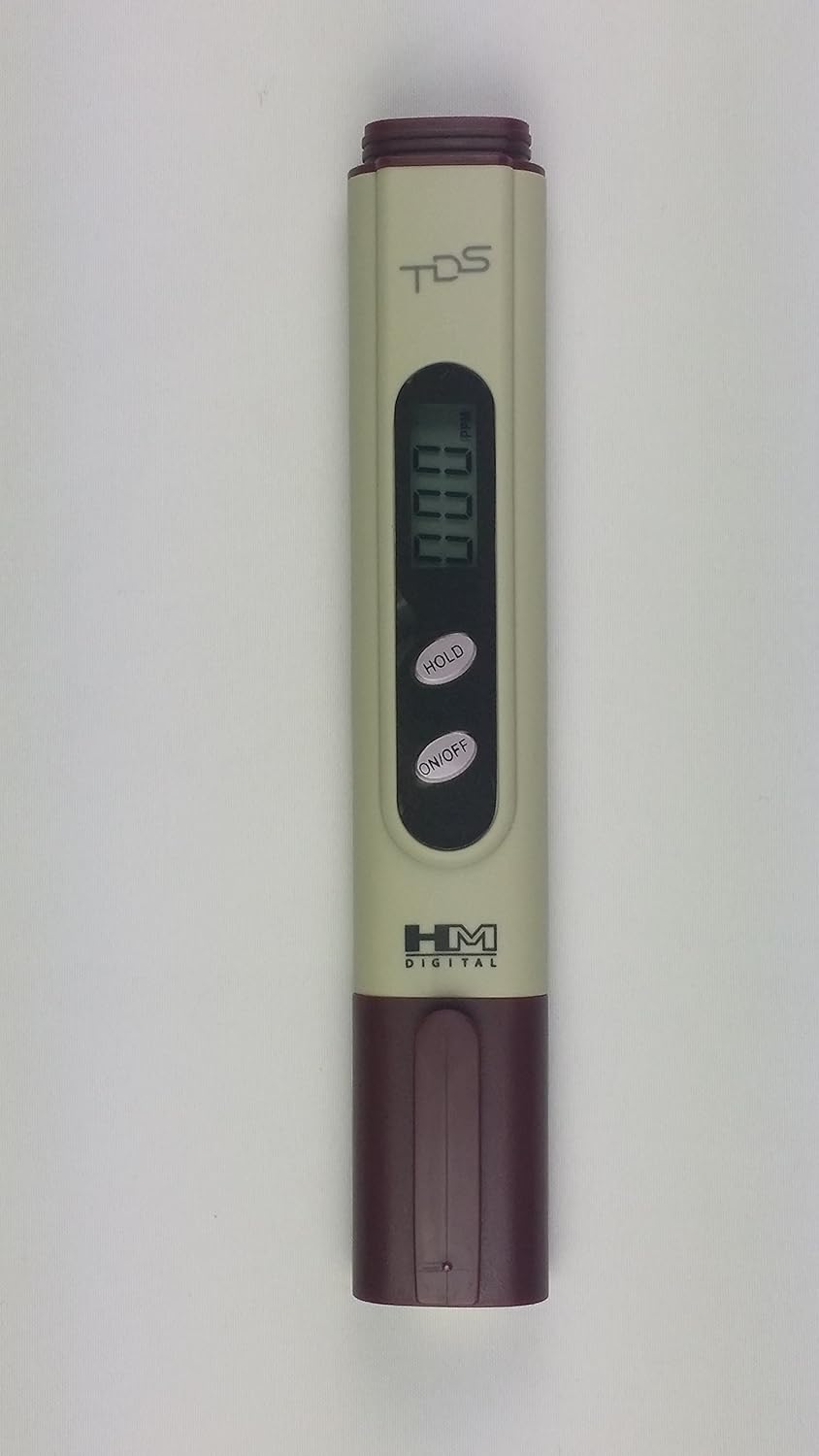With a TDS meter, are there particular product features one should look for or avoid?
I've recently started using more RO water from Walmart and would like to make sure I'm getting what I think I'm getting.
I don't want to buy a junk meter.
Any advice would be welcome.
I've recently started using more RO water from Walmart and would like to make sure I'm getting what I think I'm getting.
I don't want to buy a junk meter.
Any advice would be welcome.





